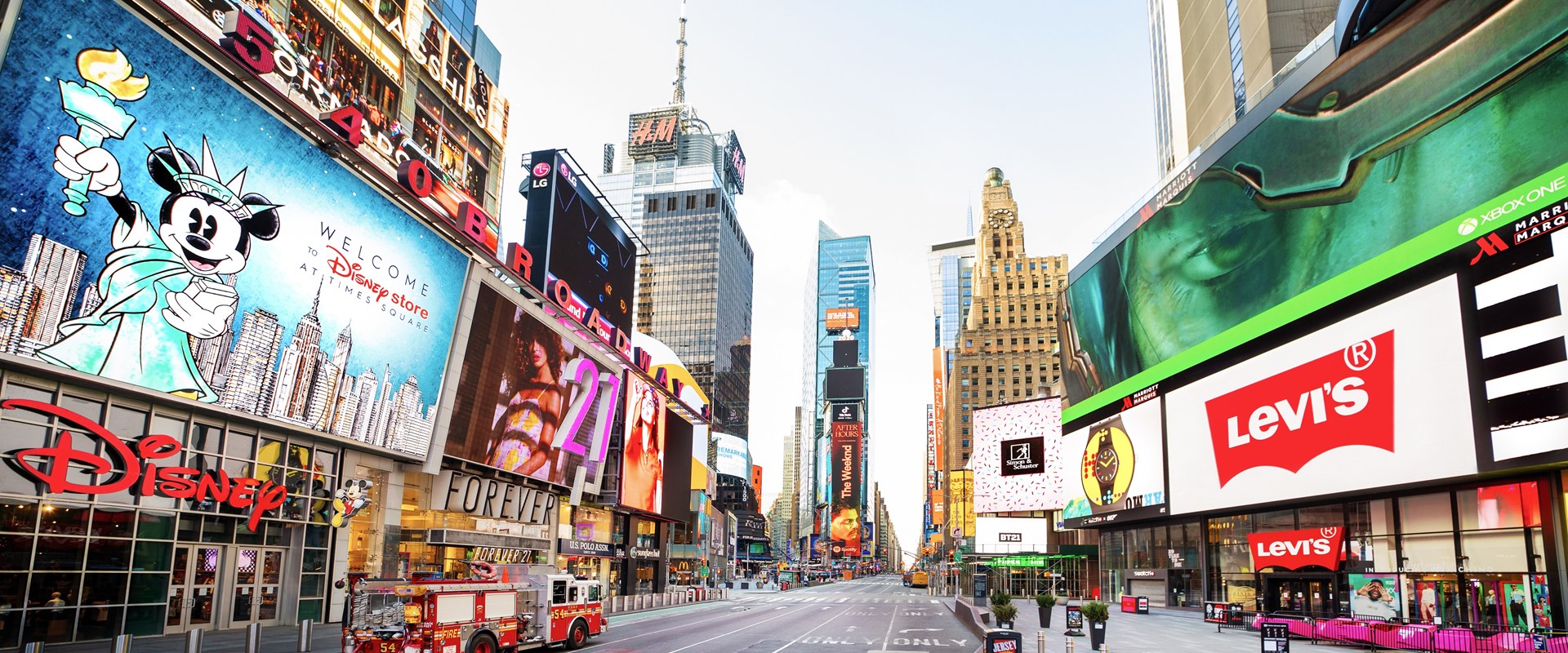Before you begin using your new brand, you should check it doesn't infringe on any third party rights. Emmy Hunt answers the most frequently asked questions about clearing new brands.
To make the clearance process as easy as possible, both for brand owners and branding, marketing, advertising, and design agencies, we’ve brought some of the different searches we offer together into one simple, fixed-price service. It’s called SafeLaunch.
WHAT IS A BRAND CLEARANCE?
- A brand clearance is a search of trade mark registers and other databases for information that indicates if a third party has earlier conflicting rights to your new brand.
- Brand clearance advice should provide you with guidance as to whether you can proceed with a brand launch without fear of infringing another brand owner’s rights. An infringement could require a rebrand, which is expensive, disruptive and harmful to your business.
- A brand clearance can also help you get an idea of how easy it will be to protect the new brand as a trade mark. Obtaining protection allows you to stop third parties from using your new brand (or a confusingly similar brand). A strong clearance position might also indicate that a brand is better suited for commercialisation or expansion into a wider range of goods/services.
WHAT PRIOR RIGHTS SHOULD I WORRY ABOUT?
In the UK, the relevant related rights are primarily registered trade marks or earlier trade mark applications. However, in the UK, there are also unregistered rights enforceable in law and these would not necessarily be captured by trade mark searches. You should be aware that unregistered rights differ by territory and so this is usually an area where local legal advice is required.
Brand clearance searches are usually carried out by specialist providers who will search specific databases on your behalf. Which databases will depend on the type of rights you are concerned about:
- As a bare minimum, a search of the relevant registers should be carried out with some brief online searches.
- Other databases and online resources that will give an indication of earlier rights include:
- Companies House register
- Domain name databases
- Registered designs
- Pharmaceutical names
- Social media user names
- Press searches
SCREENING SEARCHES OR FULL SEARCHES?
There are many official and unofficial online databases that will allow you to screen for identical conflicting trade marks. This is helpful but it doesn’t give the full picture.
A full search is more accurate - it is usually carried out by professional search providers who create algorithms and apply them to all of the relevant databases. They filter the results so that relevant similar marks can be reviewed as well as those that are identical or nearly identical.
Full search results are then analysed by lawyers to provide a legal risk analysis. That analysis can also explain the strength of the earlier right and whether it might be open to attack. To evaluate any potential attack, it is usual to obtain further investigations by professional IP investigators who look at whether a mark is in use by the proprietor, the scope of any use and the financial status of the proprietor.
There are commercial factors that you will also want to consider, and these include the use being made of any earlier marks, who owns them and what the commercial landscape is in your field of interest. You may also have a different appetite for risk than others - whereas a moderate risk of infringement may be acceptable to you, to another it simply won’t be.
WHAT IS THE IDEAL TIMING FOR BRAND CLEARANCE?
You should clear your brand before launch, when you haven’t invested too heavily. This will give you the necessary time to seek any required consents or alter the brand to avoid any of the conflicting rights raised.
A later clearance can still be helpful, for example, by providing an indication of the type of budget required to register the mark or advance warning of a likely need to negotiate with an existing brand owner.
WHERE SHOULD I FOCUS MY SEARCH?
A brand clearance is based on a territory of interest. It’s unrealistic for all but the most lucrative brands to attempt to search worldwide. You should focus your searches on key markets where an infringement or rebrand will cause you particular expense, inconvenience or reputational damage.
WHAT IF I DISCOVER EXISTING RIGHTS IN MY SEARCH?
It is highly likely that rights will be uncovered by searches that are less of a risk than they appear. Registrations can be declared invalid (for example if they are not distinctive or descriptive), can be removed from the register for non-use in the last five years or might not be maintained via renewal. The proprietor may have ceased trading or face financial difficulty or there may be other commercial reasons that could make it possible to negotiate co-existence of your respective brands. A more in-depth legal analysis will be able to guide you on which of the earlier rights might present insurmountable risks and which ones can be more easily challenged or overcome.
WHAT IF I DON'T DISCOVER ANY EXISTING RIGHTS IN MY SEARCH?
No brand clearance can give you a watertight guarantee that you are free to launch your brand without any problems arising. There are exceptions to what can be found through clearance searches and these are the main ones:
- An earlier right in one territory can be used to create a backdated right in a different territory – as this “earlier” right hasn’t necessarily been filed yet, no search will find it;
- An earlier right might subsist where a third party starts to trade or otherwise use their conflicting mark before you. This might be a bricks and mortar business not on the Register of Companies and without an obvious online presence, so not easily found by searches;
- An earlier registered mark with a reputation can be enforced more widely than the goods and services registered so your different activities might still conflict.
There is a time delay that can mean very recent rights don’t always appear in searches. As this also means that any searches that you carry out can become out of date very quickly, you shouldn’t carry out clearance searches too early before your launch.
IS A 'FULL SEARCH' BRAND CLEARANCE EXPENSIVE?
It depends, as there are so many variables. Typically, you should budget around £1200-2000 per mark per country but this can be more or less, depending on factors such as the territory and the level of advice you are looking for. The cost will also increase in the following circumstances:
- You plan to use the mark for a large range of goods and services;
- Your new brand is a logo rather than a word; and/or
- If you want the searches carried out on an urgent basis.
You can think of the cost/benefit of a brand clearance as an S curve: at the outset, when you have carried out no searches, you have no idea of the risks in using your brand; but you can quickly improve you awareness of the risks by spending a moderate amount of time and money on screening and full searches; after that point, you can keep spending more time and money, but you’ll never get a guarantee that you’re clear to go ahead with your launch (because of the “hidden” earlier rights).
If you accept that launching a new brand has some unavoidable risks, you can use clearance searching to cost-effectively minimise them.







